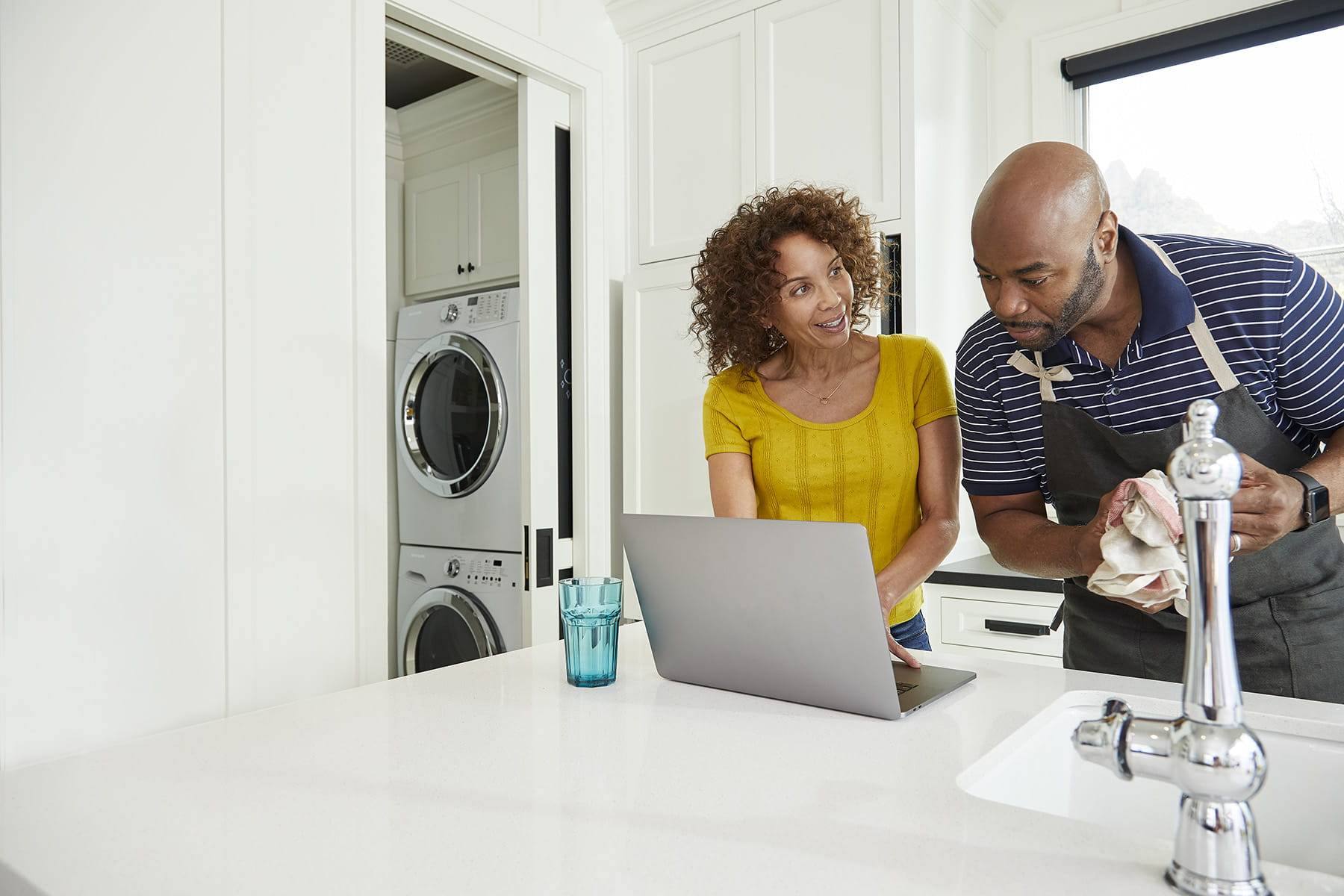A medida que envejecemos, es fácil encontrar excusas para bajar el ritmo. Tal vez nos duelan las articulaciones, tengamos unos kilos de más o no hayamos dormido lo suficiente. Pero es importante que hagamos algo de actividad física: el ejercicio es de vital importancia para las personas mayores.
“El ejercicio mejora la calidad de vida, es decir, desde la cantidad de actividad que podemos realizar hasta nuestro estado de ánimo”, afirmó la Doctor. Kristina Balangue, geriatra del Banner – University Medical Center Phoenix . “Ayuda a mejorar todos los aspectos de la salud, desde la sensación de tener una mejor calidad de vida hasta ayudar con el dolor crónico y la depresión”.
Los Centers for Disease Control and Prevention (CDC) recomiendan que los adultos se mantengan activos con 150 minutos de ejercicio de intensidad moderada cada semana. Esto se puede dividir en 30 minutos, cinco días a la semana o en un horario que se adapte a su estilo de vida. Incorporar pesas livianas además de actividad aeróbica puede ayudar a preservar la densidad ósea y evitar o controlar afecciones de salud como la diabetes tipo 2.
Siga estos cinco pasos para añadir más actividad a su vida.
Paso 1: Hable con su doctor sobre sus planes
Si se ha vuelto inactivo, es bueno hablar con su médico de cabecera antes de comenzar a aumentar su actividad. “Debe hablar sobre su nivel actual de actividad, las actividades que le resultan difíciles de realizar, las caídas recientes que haya tenido y si utiliza algún dispositivo de ayuda para caminar, como un bastón”, dijo el Dr. Balangue.
Paso 2: Mantenlo simple al principio
No conviene exagerar con la actividad demasiado pronto y sentirse abrumado o lesionarse. Algo tan sencillo como caminar hasta el buzón o dar una vuelta a la manzana, o aparcar más lejos de la puerta cuando se hace la compra, puede ser un buen punto de partida. “Empiece con un ritmo bajo y vaya aumentando lentamente”, afirma el Dr. Balangue. “Trabaje semana a semana para aumentar su nivel de actividad de forma lenta y segura”.
Paso 3: Cuando estés más fuerte, aumenta tu actividad
A medida que mejore su nivel de condición física, puede agregar más ejercicio a su rutina. Haga que sus caminatas sean más largas, inscríbase en una clase de gimnasia o haga ejercicio en un gimnasio. E incluya ejercicios aeróbicos y de fortalecimiento en su rutina. “El levantamiento de pesas no es solo para deportistas profesionales y adultos jóvenes”, dijo el Dr. Balangue. “Es muy importante hacer entrenamiento de fuerza para mantener su funcionalidad como persona mayor y desarrollar huesos fuertes”.
Paso 4: Recuerda beber mucha agua
“Uno de los mayores problemas de salud que enfrentamos y que se puede prevenir fácilmente es mantenerse hidratado”, afirmó el Dr. Balangue. Su doctor puede recomendarle la cantidad de agua que debe beber todos los días. Mantenerse hidratado es más importante que nunca a medida que envejece.
Paso 5: Si tienes dificultades, pide ayuda
Si tiene problemas de salud que le dificultan hacer ejercicio, hable con su médico de cabecera. “ La fisioterapia , la terapia ocupacional , el entrenamiento del equilibrio y los programas de ejercicio son temas sobre los que su médico de cabecera puede hablar con usted”, afirmó el Dr. Balangue.
El resultado final
El ejercicio es fundamental para mantenerse física y mentalmente fuerte a medida que envejece. Comience lentamente y vaya incorporando gradualmente más actividad a su vida. Y si necesita ayuda para volverse más activo, hable con su médico de atención primaria. Para comunicarse con un proveedor que se especialice en el cuidado de adultos mayores, visite bannerhealth.com.
Para obtener más información sobre cómo mantenerse saludable a medida que envejece, consulte estos artículos:
- 5 formas sencillas de mantener el agudeza mental a medida que envejecemos
- ¿Cuándo el envejecimiento normal es realmente algo serio?
- 5 maneras de prevenir caídas


